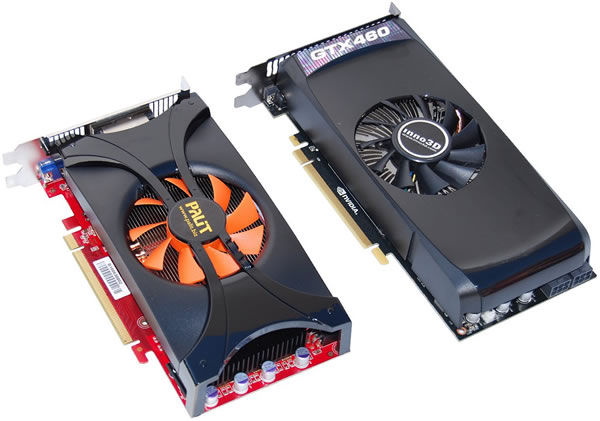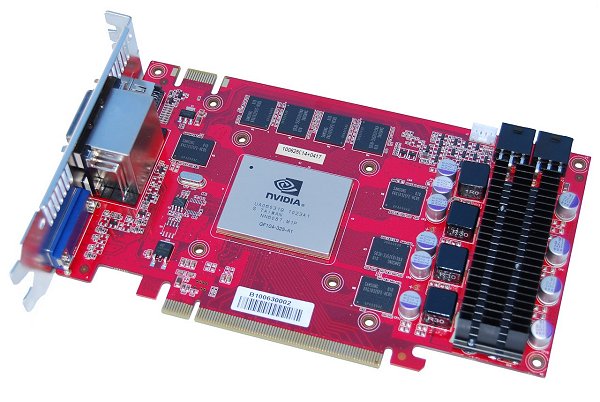Having written numerous articles comparing the current breed of GPUs from Nvidia and ATI, you likely know the drill by now. Nvidia finally readied Fermi-based graphics cards last March and while the release saw them take the performance crown back home, the battle didn't go without casualties. In fact, even today we would argue Nvidia doesn't have a completely dominant product because ATI, in most instances, is still offering better value.
The GeForce GTX 480 remains an expensive card, selling for ~$100 more than the Radeon HD 5870, which is no slouch in comparison. The GeForce GTX 480 also turned out to be a hot and hungry graphics card. So, yes, the card is a powerhouse but note that it will deliver the highest numbers on all fronts, including energy consumption and temperature levels.
Recent driver updates have fine tuned performance on the newest GeForce range, and much stronger SLI gains over Crossfire have made the GTX 480 a hardcore gamer favorite regardless of its shortcomings.

With the GeForce GTX 480 priced at $500 and the GTX 470 selling for $350, Nvidia eventually saw the need to fill the gap behind these two cards. The GeForce GTX 465 was launched less than two months ago with a suggested retail price of $280, undercutting the Radeon HD 5850 by roughly $20.
But how good of a call was that? The GTX 465 suffers from the same issues than its bigger brothers. Compared to the Radeon HD 5850, it's louder, more power hungry, not to mention slower. In other words, the GTX 465 helps to fill that mainstream price gap, but it does a pretty poor job at it.
What Nvidia desperately needed is a new graphics card that could provide serious value, and they may finally be up to task with the release of the GeForce GTX 460. Rumors have been circulating for weeks now, and if you cared enough to pay attention then you know this GPU is based on a revised, cut-down version of the original Fermi chip, code-named GF104.

Today we are reviewing two retail offerings based on the new GeForce GTX 460 GPU. From Palit we received the 1GB version of the card and from Inno3D we have the 768MB variant. Besides memory capacity, these differ in memory bus width and of course, price.
The least expensive version is expected to sell for just $200, and perhaps most importantly, the GF104 chip revision is meant to be a much more efficient number cruncher. With a TDP rating of just 160 watts for the 1GB version, if this number hold true it would make the GTX 460 more power conscious than the Radeon HD 5830.
Before we jump into the benchmark results we will explore the GeForce GTX 460 GPU in better detail on the next page and then give you a brief overview of the distinct offerings we have from Palit and Inno3D today. Read on...